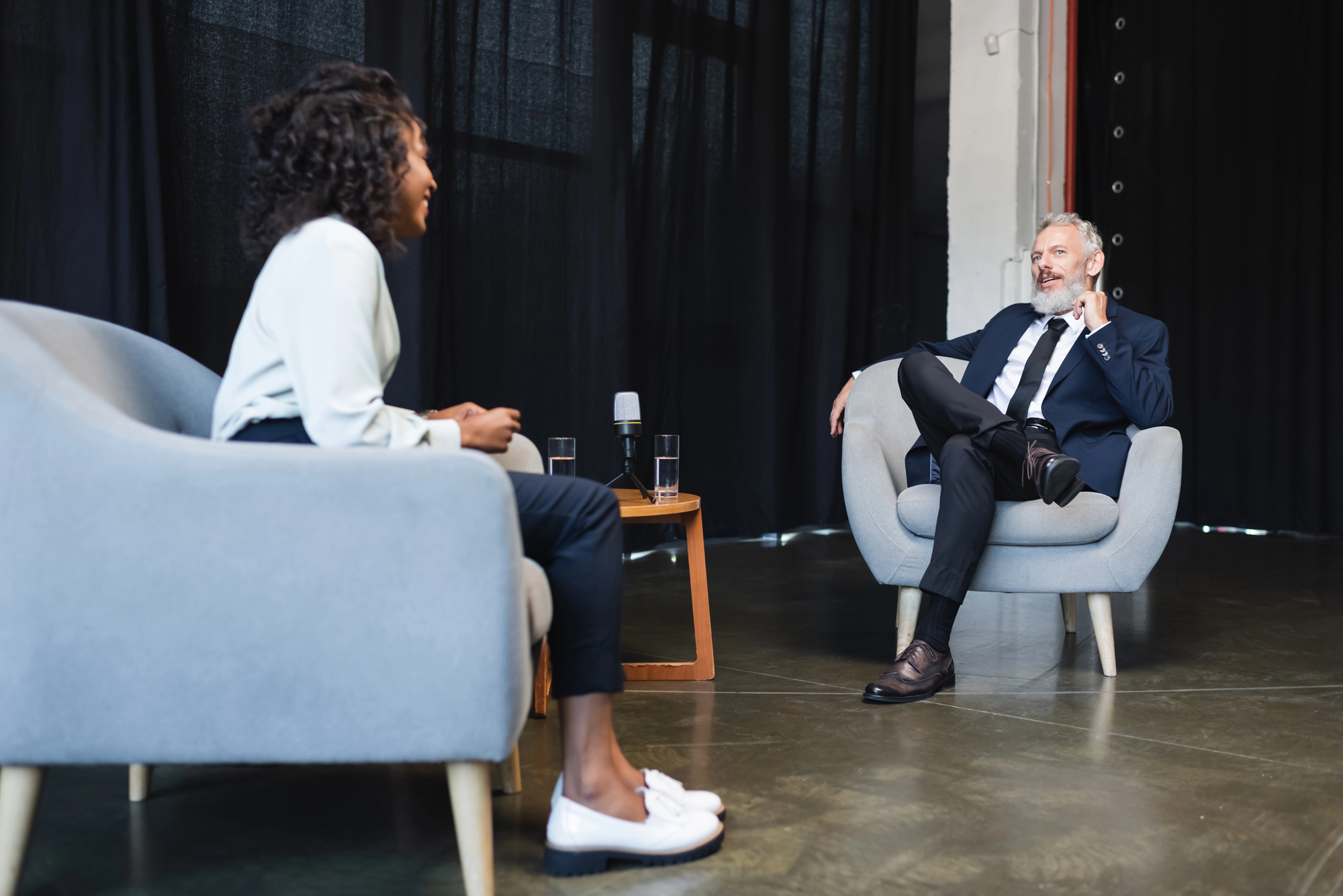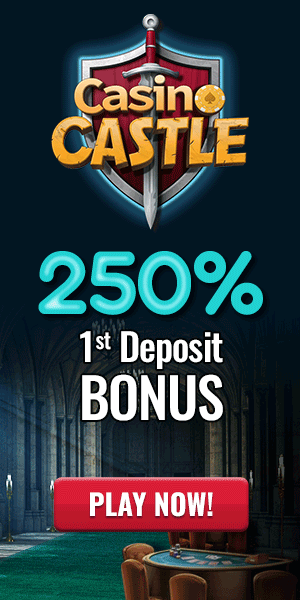How to Bet on Tell-All Interviews: Booking Wars, Clip-Share Velocity & Overnight Ratings

The celebrity tell-all interview is one of pop culture’s most thrilling spectator sports. It’s a high-wire act where a public figure can either reclaim their narrative, settle old scores, or crash and burn in spectacular fashion. We’ve seen a flurry of them recently, from Prince Harry’s astonishing BBC sit-down in May to President Trump’s tense return to 60 Minutes and even Elon Musk’s much-analyzed appearance on Joe Rogan’s podcast. Each one lands with a different level of impact, leaving some to dominate the global conversation for weeks while others fade by the next news cycle.
For the dedicated celebrity watcher and bettor, predicting which interviews will truly explode is part of the fun. It’s not just about who is talking, but where they’re talking, why they’re talking now, and how the public consumes the fallout.
The Booking War Battlefield
Before a single bombshell is dropped, a battle is often waged behind the scenes. The “booking war” is the intense competition between networks, streamers, and podcasts to land the most sought-after guest of the moment. Who wins this war is the first major clue to an interview’s potential significance.
Take President Trump’s recent interview on 60 Minutes. This was his first appearance on the show since its parent company, CBS, settled a $16 million lawsuit he brought against them. The fact that both sides were willing to come to the table signals that each saw a massive opportunity. For CBS, it promised huge ratings and cultural relevance. For Trump, it offered a prestigious, mainstream platform to speak directly to a massive audience.
Similarly, when a major star like Jennifer Lopez makes her first-ever appearance on a show like Howard Stern’s, as she did in October, it’s a major event. It tells you that the host has secured something exclusive, and the star is ready to open up in a way they never have before.
The platform matters immensely. A formal network like the BBC or CBS lends an air of gravitas, while a long-form podcast like The Joe Rogan Experience or a radio institution like Stern’s show allows for a more unfiltered, sprawling conversation. The platform that wins the booking war sets the tone for everything that follows.
Gauging the Pre-Interview Hype
Once a guest is booked, the promotional machine kicks into gear, and the language used in trailers and press releases offers vital clues. Is the network promising a “wide-ranging conversation” or a “scathing attack”? The difference is everything.
When Prince Harry sat down with the BBC after losing his security appeal, the media framed it as a moment of crisis. Headlines promised “bombshell claims” and “fury,” preparing the audience for a confrontational and emotional event. This pre-interview framing builds anticipation and tells viewers that this isn’t just a friendly chat; it’s an intervention. In contrast, the announcement for Jennifer Lopez’s Howard Stern debut focused on the novelty of it being her first time, hinting at a career-spanning discussion about her new movie, Kiss of the Spider Woman, and her personal life, a celebration more than a confrontation. Paying attention to this initial hype helps you calibrate your expectations for drama.
The Context is King
An interview never happens in a vacuum. The subject’s personal and professional circumstances are arguably the most critical factor in an interview’s impact. The “why now” is often more important than the “what.”
Prince Harry’s BBC interview is a perfect example. It came directly on the heels of a court ruling that denied him taxpayer-funded security in the UK. This context transformed his words. When he said he felt “let down” by his country and couldn’t see bringing his children to the UK, it wasn’t an abstract complaint; it was a direct reaction to a specific, humiliating legal defeat. It gave his claims of being “singled out” an immediate and powerful resonance.
Likewise, Elon Musk’s recent appearance on The Joe Rogan Experience became a story less about what he said and more about how he looked. A physician’s analysis, published in RadarOnline, pointed to signs of “rapid aging,” attributing his “old, tired and drained” appearance to the immense stress of his business ventures and his new role in the Trump administration as head of the Department of Government Efficiency (DOGE). The interview became a visual data point in a larger narrative about the toll of his controversial public life.
Measuring Clip-Share Velocity
In the age of social media, the first 24 hours of an interview’s life are defined by “clip-share velocity.” This is the speed and breadth at which short, explosive moments from the interview are clipped and shared across platforms like X, TikTok, and Instagram. This metric is a powerful, real-time indicator of which soundbites are hitting the hardest.
For Prince Harry’s interview, clips of him admitting his father, King Charles, “won’t speak to me because of this security stuff” or his poignant concern that he doesn’t “know how long he has left” were tailor-made for viral sharing. These emotional, conflict-driven moments are what fuel online discourse.
The Power of the Overnight Ratings
While clip velocity measures online buzz, the overnight ratings remain a crucial metric for traditional broadcasters. These numbers reveal how many households tuned in to watch the interview as it aired, providing a snapshot of its initial mass-market appeal. A massive ratings number for Trump’s 60 Minutes interview, for instance, is a news story in its own right, demonstrating his power to command the nation’s attention.
Of course, success looks different on other platforms. For Joe Rogan or Howard Stern, it’s measured in downloads, new subscriptions, and their ability to drive the news cycle. But whether it’s broadcast ratings or streaming numbers, the size of the initial audience is a clear sign of an interview’s gravitational pull. It shows whether the guest and the platform were able to successfully convince millions of people that this was an event that could not be missed.
From the initial chess game of the booking war to the final, lingering echoes of the public fallout, the life cycle of a tell-all interview is a fascinating spectacle. By paying attention to the context surrounding the guest, the hype generated by the platform, the viral spread of key moments, and the official reactions, any celebrity fan can learn to spot the difference between a fleeting news item and a true cultural phenomenon.







